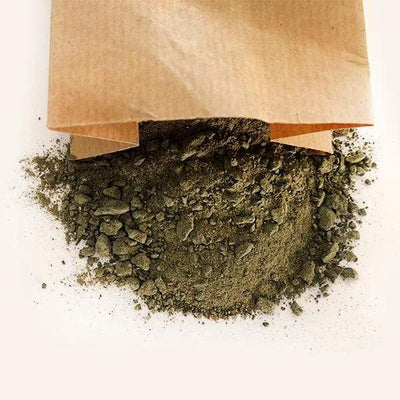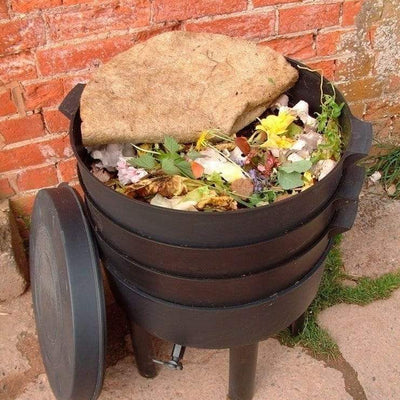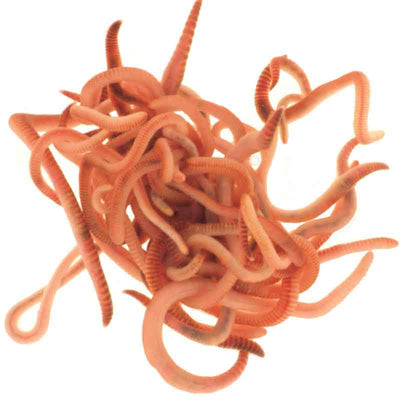If you're intrigued by sustainable living, reducing waste, or creating an eco-friendly food source, Our New Bug Factory is here to help. This innovative system enables you to cultivate mealworms effortlessly, providing a continuous source of nutritious food for pets or even experimenting with your own edible insect recipes! Here's how you can get started.
Understanding the Mealworm Life Cycle
To manage your mealworm farm effectively, it’s important to know their lifecycle:
Eggs: These hatch in 4-18 days.
Mealworms: They grow to about 2.5 cm and can remain in this stage for months.
Pupae: In this stage, mealworms don’t eat, drink, or move (though they may wriggle a little—don’t be alarmed!).
Beetles: Beetles live up to three months and are crucial for a thriving farm. Replace dead beetles with pupae to maintain the cycle.

Creating the Perfect Environment
The speed of the mealworm lifecycle depends on temperature and humidity. Optimal conditions:
Temperature: 24–30°C (75.2–86°F)
Humidity: Around 60%
Placement: Choose a consistently warm location in your home. Avoid areas that are overly humid or dry.
What’s Included in the Breeding Kit
Your kit contains:
- 3 trays
- 3 lids with carbon filters
- 1 green beetle tray
- 1 pair of tweezers

Setting Up Your Mealworm Farm
Follow these steps to start your mealworm farm:
- Assemble the Trays: Place the green beetle tray inside one of the white trays.
- Insert Carbon Filters: Fit the carbon filters into the lids using the dimples as guides.
- Add Food Base: Fill a tray with an even layer of cereal (e.g., oats or bran) about 2 cm deep.
- Introduce Mealworms: Order 120-180g (4–6 oz) of mealworms and place them into the tray. These mealworms will transform into beetles.
- Provide Moisture: Add small pieces of fruit or vegetable scraps every few days. Remove mouldy cereal or waste promptly.
- Separate Pupae: As the mealworms pupate, transfer them to the raised platform on the beetle tray.
- Breed Beetles: Once pupae become beetles, they will begin laying eggs, creating baby mealworms.
Maintaining Your Farm
- Rotating Trays: Every 2–3 weeks, move the beetle tray to a new mealworm tray to ensure each tray is populated with eggs.
- Harvesting Mealworms: Once a tray is filled with mature mealworms, they’re ready to be used. Clean the tray by separating frass (insect waste) and use it as an organic plant fertiliser.
Continuous Supply
Repeat the steps to maintain a cycle of mealworms for feeding pets or enriching your soil. With around 400 beetles, you can ensure consistent production!
Order your own kit today https://www.wigglywigglers.co.uk/collections/breed-your-own-mealworms






